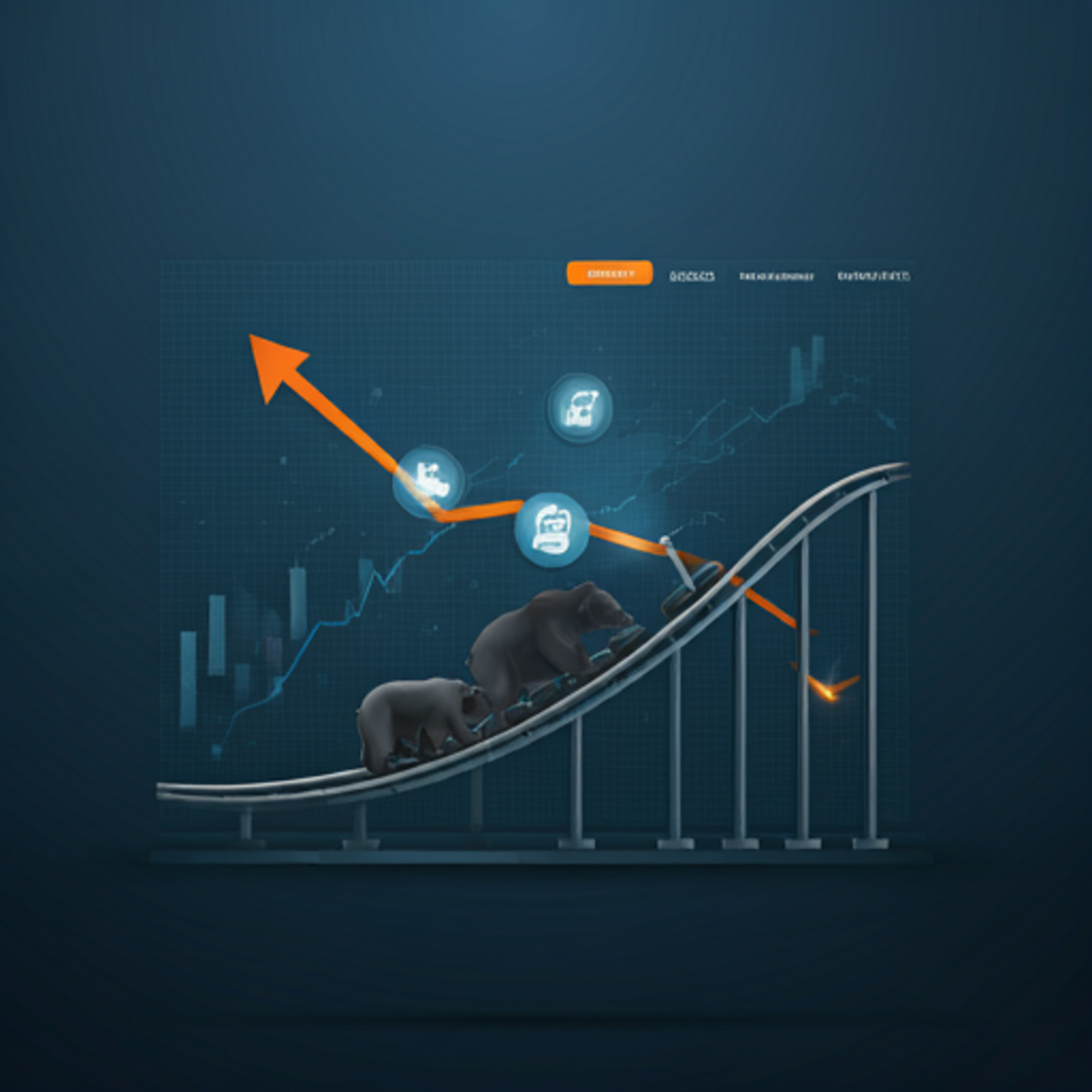Navigating the Stock Market Rollercoaster: Tips for Investors
What Causes Market Fluctuations?
Market fluctuations are primarily driven by provide and demand dynamics. When demand exceeds supply, prices rise. Conversely, when supply outstrips demand, prices fall. Econojic indicators, such as employment rates and inflation, also play a crucial role. These indicators can signal investor confidence or fear. Market sentiment can shift rapidly, influenced by news events or geopolitical tensions. This volatility can create opportunities for savvy investors. Understanding these factors is essential for navigating the complexities of the stock market. Knowledge is power in investing.
The Impact of Economic Indicators
Economic indicators significantly influence market trends. Key indicators include:
These metrics provide insights into economic health. A rising GDP typically signals growth, while high unemployment may indicate recession. Investors closely monitor these indicators for informed decision-making. Understanding their implications is crucial. Knowledge leads to better investment choices.
Investment Strategies for Uncertain Times
Diversification: Spreading Your Risk
Diversification is a key strategy for managing investment risk. By spreading investments across various asset classes, he can mitigate potential losses. Common asset classes include:
This approach reduces exposure to any single investment. A balanced portfolio can enhance stability. Investors should regularly review their allocations. Regular adjustments are essential for optimal performance.
Long-Term vs. Short-Term Investing
Long-term investing focuses on capital appreciation over years. This strategy often involves lower transaction costs. Investors benefit from compounding returns. Short-term investing aims for quick profits. It requires active management and market timing. This approach can be riskier. He must be prepared for volatility. Each strategy has its merits. Understanding personal goals is crucial.
Technical Analysis: Reading the Market
Key Indicators to Watch
Key indicators are essential for effective technical analysis. They help identify market trends and potential reversals. Important indicators include moving averages and Relative Strength Index (RSI). These tools provide insights into price momentum. He should monitor volume trends as well. Volume indicates the strength of price movements. Understanding these indicators enhances decision-making. Knowledge is vital for successful trading.
Chart Patterns and Their Significance
Chart patterns are crucial for technical analysis. They help traders predict future price movements. Common patterns include:
Each pattern has specific implications for market behavior. For instance, a Head and Shoulders pattern often signals a trend reversal. Recognizing these patterns can enhance trading strategies. Awareness is key for informed decisions. Understanding patterns leads to better outcomes.
Fundamental Analysis: The Bigger Picture
Evaluating Company Performance
Evaluating company performance involves analyzing key financial metrics. Important metrics include revenue growth, profit margins, and return on equity. These indicators provide insights into operational efficiency. Additionally, examining cash flow statements is essential. Strong cash flow indicates financial health. Investors should also consider market position and competitive advantages. Understanding these factors aids in making informed decisions. Knowledge is crucial for successful investing.
Understanding Market Sentiment
Understanding market sentiment is vital for investors. It reflects the overall attitude of market participants. Sentiment can drive price movements, often independent of fundamentals. For instance, positive news can lead to bullish trends. Conversely, negative news may trigger sell-offs. Analyzing sentiment indicators, such as the Fear and Greed Index, provides valuable insights. These indicators help gauge market psychology. Awareness of sentiment enhances strategic decision-making.
Risk Management Techniques
Setting Stop-Loss Orders
Setting stop-loss orders is indispensable for managing risk. These orders automatically sell a security when it reaches a predetermined price. This strategy helps limit potential losses in volatile markets. For example, he might set a stop-loss at 10% below the purchase price. This approach protects his capital effectively. Additionally, it removes emotional decision-making from trading. Discipline is crucial in investing.
Position Sizing and Capital Allocation
Position sizing and capital allocation are critical for effective risk management. Properly determining the amount to invest in each trade minimizes potential losses. For instance, he might allocate only 2% of his capital to a single position. This strategy helps maintain overall portfolio stability. Additionally, it allows for greater diversification. Diversification reduces exposure to any single asset. Knowledge of these techniques is essential for success.
The Role of News and Social Media
How News Affects Market Sentiment
News significantly influences market sentiment and investor behavior. Positive news can lead to bullish trends, while negative news often triggers sell-offs. For example, earnings reports can dramatically affect stock prices. He must stay informed about current events. Social media amplifies the impact of news rapidly. Tweets or posts can sway public perception instantly. Understanding this relationship is crucial for strategic investing. Awareness is key in today’s market.
Utilizing Social Media for Insights
Utilizing social media can provide valuable market insights. Platforms like Twitter and LinkedIn offer real-time information. He can follow industry experts and analysts for updates. This access helps him gauge market sentiment quickly. Additionally, social media discussions can reveal emerging trends. Engaging with these platforms enhances his investment strategy. Knowledge is power in today’s fast-paced environment.
Learning from Past Market Crashes
Historical Examples of Market Downturns
Historical examples of market downturns provide critical lessons. The Great Depression of 1929 led to widespread economic hardship. Similarly, the 2008 financial crisis revealed systemic vulnerabilities. Key factors included excessive leverage and poor risk management. Understanding these events helps investors recognize warning signs. He should analyze market conditions carefully. Awareness of past mistakes is essential for future success. Knowledge can prevent repeating history.
Lessons to Apply in Current Markets
Lessons from past market crashes are invaluable for current investors.
